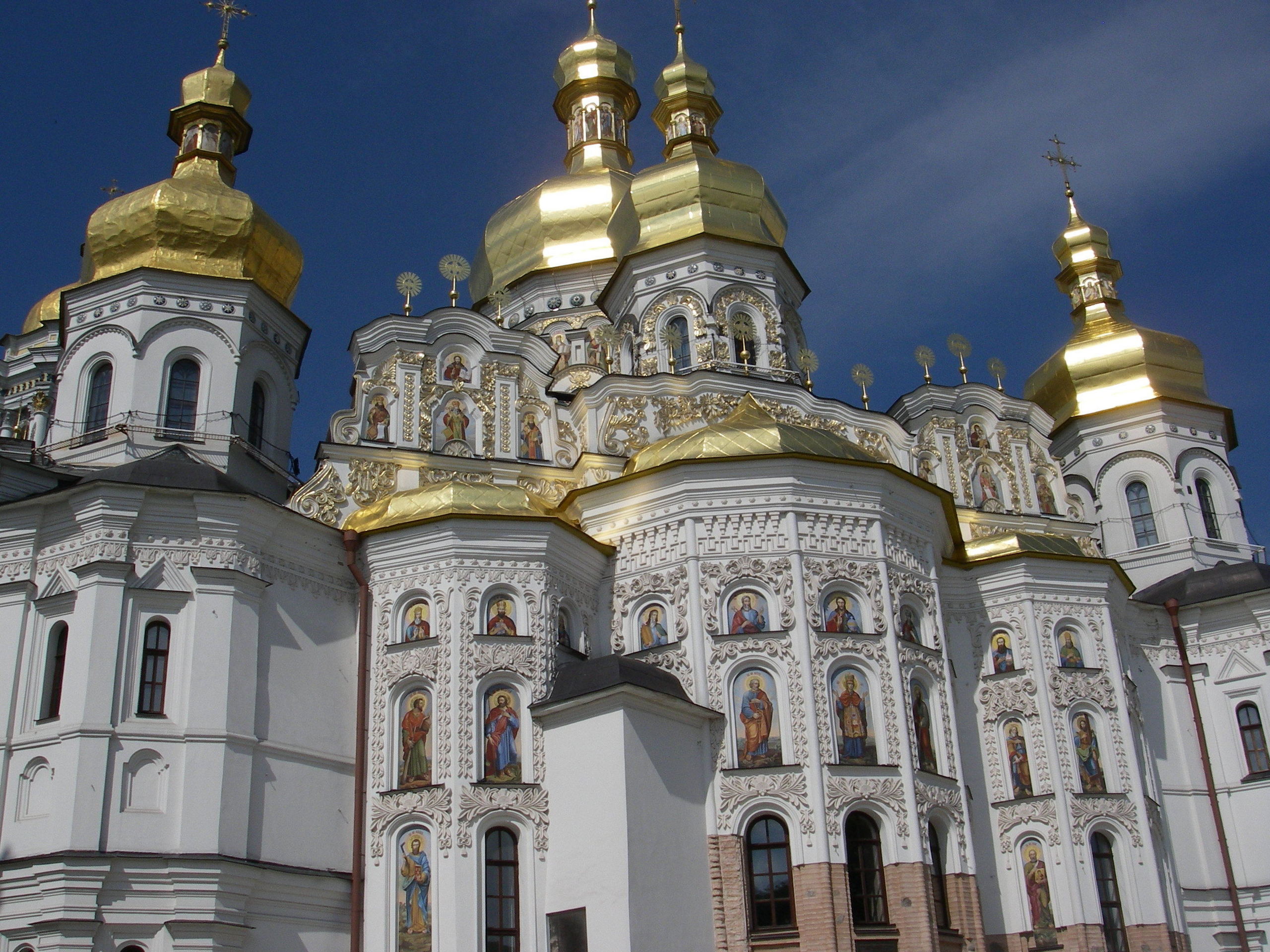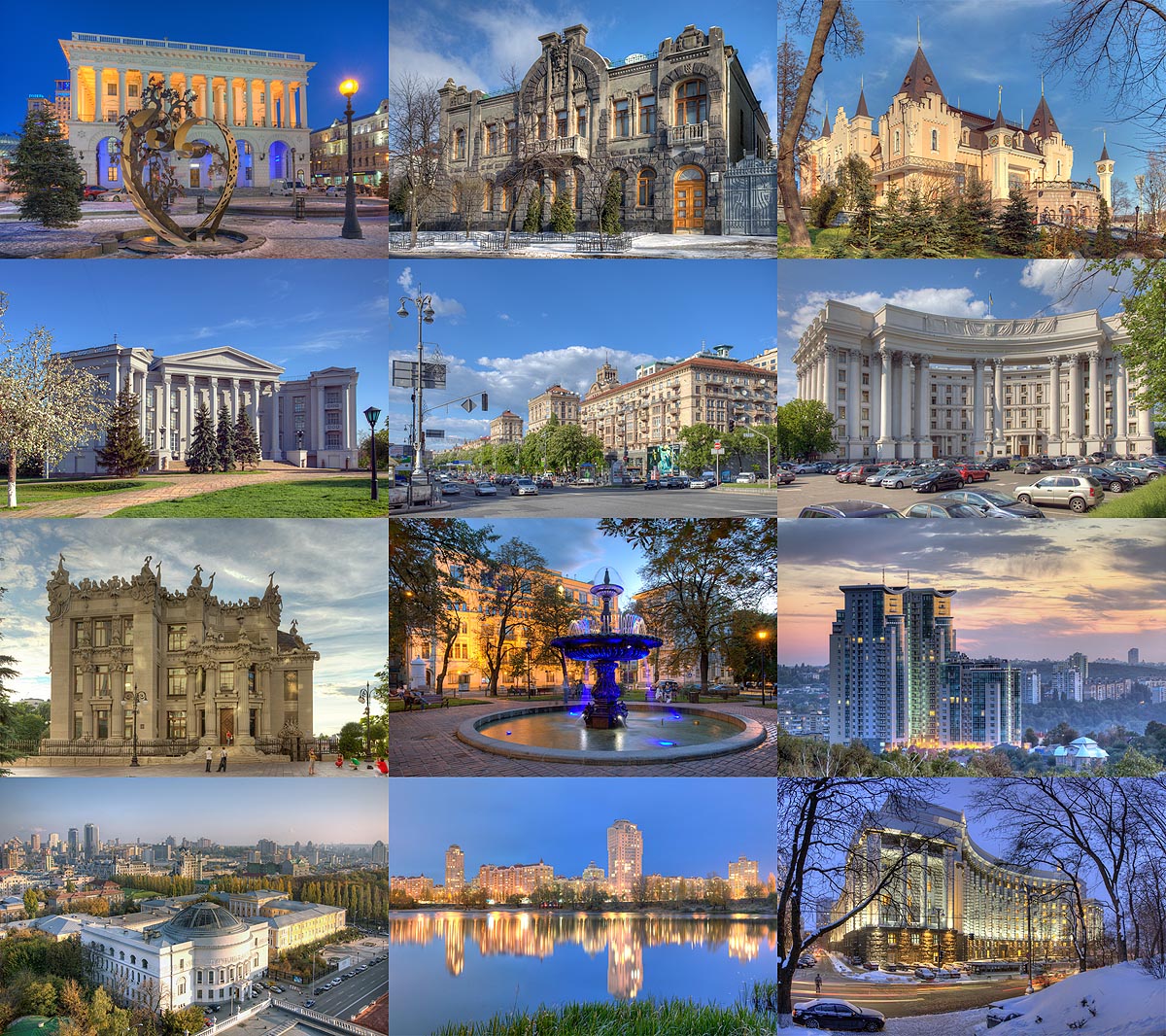By Maureen Mackey
12 Things You might not know about Ukraine

Chernihiv, an important historical site in Ukraine
Ukraine is a country that until recently has not been on the minds of most Americans. Here are 12 things you may want to know about Ukraine.
1. It’s huge.


At more than 233,000 square miles, including the southern peninsula of Crimea – which Russia is currently claiming – Ukraine is the largest country located entirely within Europe. Ukraine borders seven countries: Russia to the east and northeast; Belarus to the northwest; Poland, Slovakia and Hungary to the west; and Romania and Moldova to the southwest. Ukraine also borders the Black Sea and Sea of Azov to the South and southeast, respectively.
2. It’s old.

Statue of the Brothers and Sister Who Founded Kiev,

Statue of the Brothers and Sister Who Founded Kiev,
People have lived in the territory of Ukraine for more than 44,000 years. In the Middle Ages, the area became a hub of East Slavic culture.

In the 10th and 11th centuries, the country was known as Kyivian Rus and was the first East Slavic state - the most powerful nation in Europe at the time.


In the 10th and 11th centuries, the country was known as Kyivian Rus and was the first East Slavic state - the most powerful nation in Europe at the time.

After Ukraine became fragmented in the 13th century, the country was bitterly fought over, controlled and divided by a variety of powers. In the 17th and 18th centuries a Cossack republic emerged and prospered. Ukraine, however, continued to be divided until it was consolidated into a Soviet republic in the 20th century. In 1919 it became the Ukrainian Soviet Socialist Republic (Ukrainian SSR) and was part of the Soviet Union from 1922 to 1991, one of 15 constituent republics primarily controlled by Moscow.
3. It values its rare independence.

Ukraine became briefly independent from 1917 to 1920, after czarist Russia fell and before the Soviet Union was created. In December 1991, after Ukraine became independent when the Soviet Union dissolved, more than 90 percent of Ukrainians showed their support for independence by voting for their first president. A long history of state control and corruption, however, has largely hindered the country’s path to prosperity over the years. Ukraine, to this day, is not a member of the European Union.
4. Its national holiday is August 24, 1991.


That’s the day Ukraine obtained its independence from the Soviet Union. Ukraine also celebrates Unity Day every January 22, the date the Western and Eastern republics united in 1919.
5. It’s fertile.

Ukraine's landscape, also explains origin of national flag

Ukraine's landscape, also explains origin of national flag
With its vast and soil-rich farmlands, Ukraine has long been a global breadbasket. Three years ago, in 2011, it became the world’s third largest grain exporter, with a harvest that year vastly surpassing its average. The country also has a strong manufacturing sector, particularly in aerospace and industrial equipment.
6. It’s militarily strong.
Since the break-up of the Soviet Union, Ukraine has the second-largest military in Europe, after Russia. It inherited its equipment and structure from the Soviet Union, primarily to enable it to “wage combined arms, coalition, offensive (and nuclear) warfare against NATO on an external front” if necessary, according to James Sherr of the U.K.’s Conflict Studies Research Centre. Many consider today’s Ukraine forces, however, sharply underfunded and hardly combat ready “compared to what Russia can deploy,” Anthony Cordesman, of the Center for Strategic and International Studies (CSIS), told FoxNews.com.
7. It’s home to more than 45 million people.


Ukraine – including Crimea – has more than 45 million residents. Nearly 78 percent are of Ukrainian ethnicity, with sizable minorities of Russians (17 percent), Belarusians, Tatars and Romanians as well. Ukrainian is the country’s official language, though Russian is also widely spoken.
8. It’s largely Christian.

The dominant religion in the country is Eastern Orthodox Christianity, which has strongly influenced Ukraine’s architecture, literature and music. Other major religions include Ukrainian Greek Catholicism, Roman Catholicism, Protestantism and Judaism.

The dominant religion in the country is Eastern Orthodox Christianity, which has strongly influenced Ukraine’s architecture, literature and music. Other major religions include Ukrainian Greek Catholicism, Roman Catholicism, Protestantism and Judaism.
9. Its biggest city is Kiev, its capital.

Kyiv Architecture

Kyiv Architecture
The city – the 8th largest in Europe by population – is home to roughly 3 million people and is one of the oldest cities in Eastern Europe.
10. It has its share of heroes.
Sergei Korolev, born in 1907 in the city of Zhytomyr, was a colonel in the Red Army and became the head Soviet rocket engineer and designer during the space race between the U.S. and the Soviet Union in the 1950s and 1960s. Many consider the gifted engineer to be the father of practical astronautics.
11. Its currency is the hryvnia, or grivna.

Ukraine has used this currency since September 1996. The grivna was the currency of Kievan Rus, back in the 11th century.
12. It has a national soup.
Borscht, the country’s national soup, is popular in many Eastern and Central European countries. In most places, the hearty soup is made with beetroot as the key ingredient (tomato is the favored main ingredient in other locations). Potatoes and cabbage are other standard components. Ukrainians also favor typical Eastern European foods, including cheese and sausage.

No comments:
Post a Comment